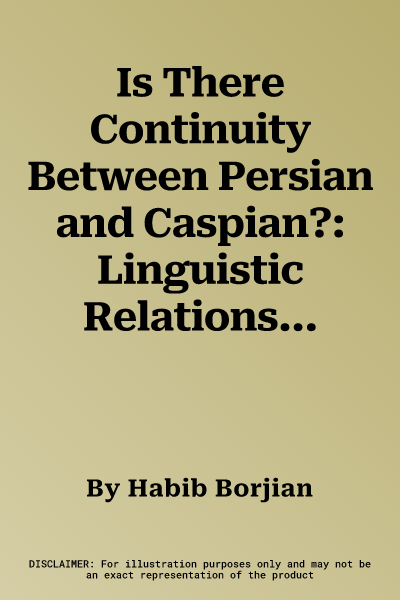Is There Continuity between Persian and Caspian? studies the
south-central Alborz as a language transition zone. This mountainous
area, also known as Qasran, consists of the upper valleys of the Jajrud
and Karaj rivers, separated from both Tehran and Mazandaran by mountain
chains, and of Shemiran, within Greater Tehran. There are dozens of
villages in the area with vanishing dialects that show various degrees
of affinity with the neighboring languages. The following questions are
addressed: Is there a sufficient amount of idiosyncrasy within Qasran to
define it as a language group; how do the Qasran dialects relate to
neighboring Caspian, Persian, and Tati; and is there a language
continuum or disruption? In addition to linguistic analysis, the study
incorporates historical, socioeconomic, and emigrational data. The
relationships among the dialects are categorized by making explicit the
areal distribution of major linguistic differences in phonology,
morphology, syntax, and lexicon. An analysis based on 48 isoglosses from
35 localities (amounting to more than 2000 linguistic items) is
summarized in five bundle maps. These maps not only show some
idiosyncrasy in the middle and southern part of Qasran but also reveal
two distinct dialect groups, with thick isoglottic lines separating the
dialects in the north and southeast--showing high degrees of affinity
with Tabari (Mazandarani)--from the southern dialects, which are akin to
Persian. This outcome dictated the coining of two dialect groups:
Tabaroid and Perso-Tabaric.

